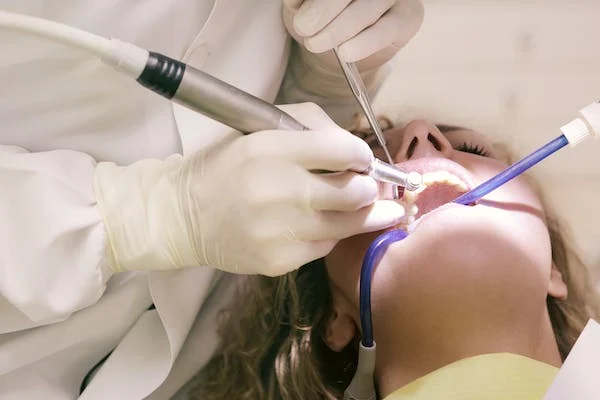
Every smile tells its own story, and as a general dentist in Aurora, IL, you understand that each patient’s needs are unique. You recognize that personalized care leads to healthier, happier smiles. You approach every appointment with a compassionate ear and a keen eye. From the child visiting for their first check-up to the elderly needing regular maintenance, your tailored approach addresses diverse needs. You adjust treatments based on age, medical history, and individual concerns. This means children receive gentle cleanings, while adults benefit from more thorough exams. You offer clear guidance and ensure patients feel empowered to take control of their dental health. By customizing your care, you build trust and long-lasting relationships. Your patients leave with not only healthier teeth but also confidence in your hands. Through this personal touch, you make a significant difference in your community’s oral health, one patient at a time.
Understanding Different Needs
Caring for diverse patients involves understanding their unique oral health requirements. Children, for example, require a gentler approach. Their developing teeth need regular checks to monitor growth and identify potential issues early. You provide guidance for improving brushing techniques and dietary habits to prevent cavities. Adolescents, often navigating orthodontic needs, benefit from clear advice on maintaining braces and oral hygiene.
Adults face different challenges, such as the onset of gum disease or the need for restorative treatments. You may recommend more frequent cleanings and provide strategies for managing stress-related issues like teeth grinding. Older adults may experience dry mouth or tooth wear, requiring adjustments to treatment plans. You focus on preserving existing teeth and might suggest dentures or implants if necessary. The CDC offers insights on various oral health concerns that can guide you in tailoring strategies for different age groups.
Personalized Treatment Plans
Creating personalized treatment plans involves a comprehensive assessment. You consider lifestyle factors, such as diet and smoking habits, that impact oral health. For those with chronic conditions like diabetes, you might provide specific advice on managing oral complications. Pregnant women require special attention due to hormonal changes affecting gum health. Through open dialogue, you empower patients to make informed decisions, ensuring each plan aligns with their personal health journey.
Effective Communication
Effective communication builds trust. You explain procedures in simple terms, avoiding complex jargon. By using visual aids or models, you help patients visualize their oral health status. You encourage questions, fostering a supportive environment where patients feel heard and understood. This approach strengthens the patient-dentist relationship, promoting better compliance with treatment recommendations.
Data-Driven Care
Incorporating data into your practice enhances patient care. By tracking patient history and treatment outcomes, you refine your approach. You identify patterns, such as which treatments yield the best results for certain conditions, improving overall effectiveness. Technological tools such as digital x-rays provide clearer insights into dental health, allowing for more precise interventions.
| Patient Group | Common Needs | Suggested Approach |
|---|---|---|
| Children | Developing teeth, cavity prevention | Gentle cleanings, education on brushing |
| Adolescents | Orthodontic care, hygiene with braces | Clear advice on maintenance, dietary guidance |
| Adults | Gum disease, stress-related issues | Frequent cleanings, stress management strategies |
| Older Adults | Tooth wear, dry mouth | Preservation of teeth, options for dentures |
Commitment to Continuous Learning
Staying informed about new developments in dentistry ensures you provide the best care. Attending workshops and engaging with professional organizations enhances your skills and knowledge. You adapt to new techniques and materials that improve patient outcomes. The American Dental Association offers resources and educational opportunities to keep you updated on industry advancements.
Conclusion
Tailoring dental care to meet the diverse needs of patients is crucial. You provide thoughtful, individualized treatments that consider each patient’s unique circumstances. By fostering open communication and relying on data-driven insights, you enhance the quality of care. Your dedication to continuous learning ensures you remain a trusted resource in your community, delivering health and confidence to every smile you encounter.